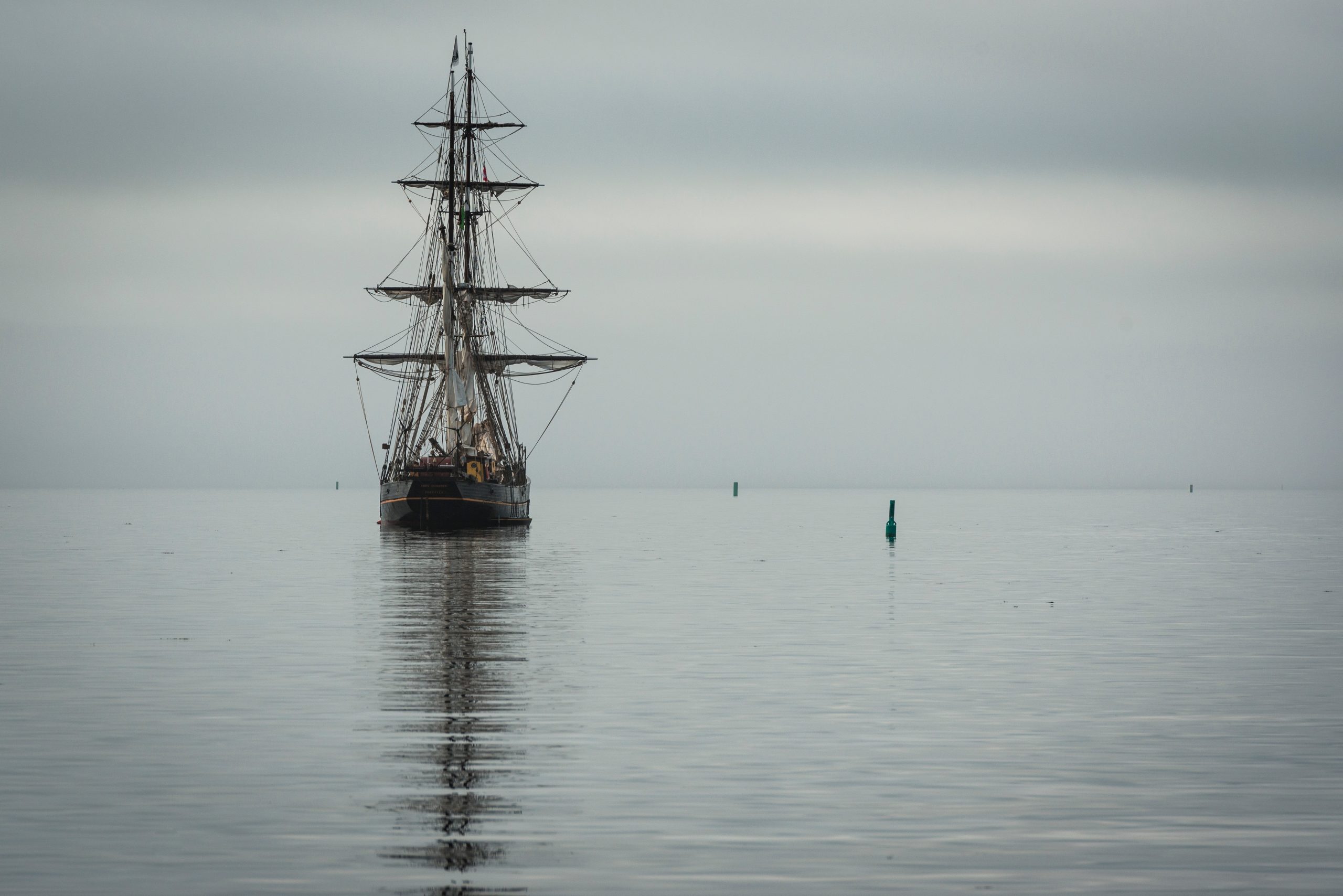
The Responsibilities and Duties of a Sea Captain
.The role of a sea captain is one that has been romanticized in literature and film for centuries. From tales of piracy on the high seas to epic voyages of exploration, the captain is often portrayed as the fearless leader steering a ship through treacherous waters. But what does a sea captain really do?
At its core, the job of a sea captain is to be responsible for the safe and efficient operation of a vessel at sea. This involves overseeing everything from navigation and crew management to cargo operations and safety protocols. Let’s take a closer look at some of the key duties and responsibilities of a sea captain.
Navigation
One of the most important responsibilities of a sea captain is navigating the ship through various bodies of water. This involves using navigational tools such as maps, charts, and GPS systems to determine the ship’s position and course. The captain must also be able to interpret weather patterns and ocean currents to adjust the ship’s course accordingly. In addition to ensuring the ship stays on track, the captain must also ensure that all navigation lights, signals, and markers are properly displayed and followed.
Crew Management
Another crucial aspect of the captain’s role is managing the ship’s crew. This involves overseeing everything from hiring and training crew members to monitoring their performance and wellbeing while onboard. The captain must also maintain discipline and resolve any conflicts or disputes that arise among the crew.
Cargo Operations
If the ship is carrying cargo, the captain is responsible for ensuring that it is safely loaded, stowed, and unloaded. This involves coordinating with the crew to ensure that the weight and distribution of the cargo is balanced to prevent the ship from capsizing or becoming unstable. The captain must also ensure that the cargo is properly secured to prevent damage or loss during transit.
Safety Protocols
Perhaps the most important responsibility of a sea captain is ensuring the safety of everyone onboard. This involves implementing and enforcing strict safety protocols to prevent accidents, injuries, or fatalities at sea. The captain must ensure that all crew members receive proper training on emergency procedures such as fire drills, abandon ship drills, and man overboard situations. They must also ensure that all safety equipment such as lifeboats, life rafts, and personal protective gear are in good working condition and readily available.
Other Duties
In addition to these primary responsibilities, a sea captain may be responsible for a variety of other duties depending on the type of vessel they are operating and the specific needs of their employer. For example, a captain of a cruise ship may be responsible for overseeing onboard entertainment and activities for passengers. While a captain of a research vessel may be responsible for managing scientific experiments and data collection.
Qualifications
To become a sea captain, one must typically have many years of experience working on ships of various types and sizes. Most captains start out as deckhands or officers and work their way up through the ranks. In addition to experience, a captain must also have the necessary certifications and licenses required by their country or region. These may include certifications in navigation, firefighting, first aid, and survival techniques.
Conclusion
In conclusion, the role of a sea captain is complex and multifaceted. From navigating treacherous waters to managing crews and cargo, the captain must be able to juggle a wide range of responsibilities while ensuring the safety and wellbeing of everyone onboard. While the job can be challenging and demanding, it is also rewarding and offers the opportunity for adventure and exploration. Whether one is captaining a cargo ship, a research vessel, or a luxury cruise liner. The job of a sea captain remains one of the most important and respected roles in the maritime industry.